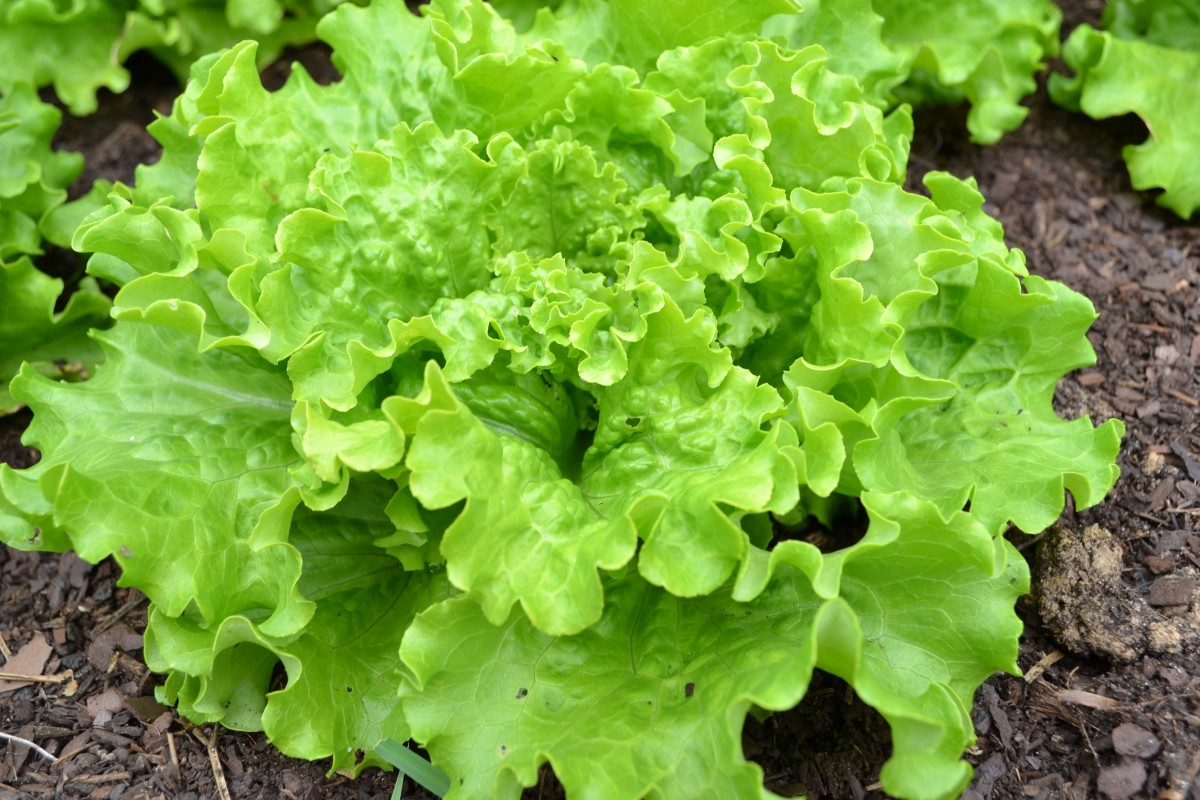- Sometimes we eat the root (such as beets, carrots, radishes)
- Sometimes we eat the flower (such as broccoli and cauliflower)
- Sometimes we eat the leaf (such as cabbage and lettuce)
- Sometimes we eat stems (such as asparagus and celery)
- Sometimes we eat the fruit (such as blueberries, cherries and apples)
- Sometimes we eat the seed (such as pomegranates and pumpkin seeds)





